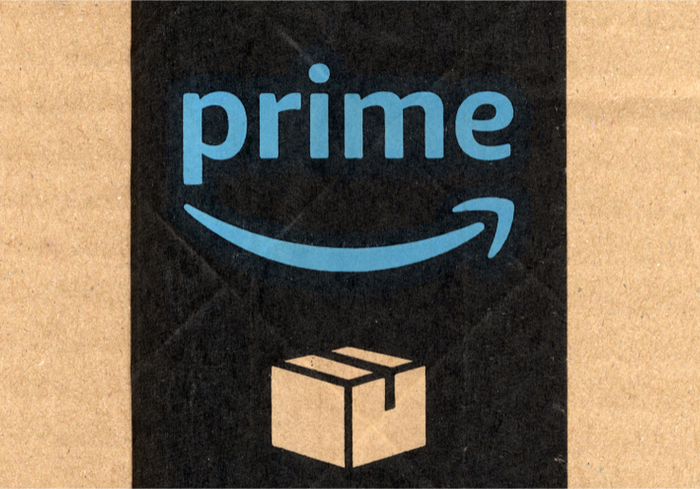
The way to Prime members’ hearts — and wallets — is through their stomachs. That seems to be Amazon’s play as the eCommerce giant extends its loyalty program discounts to Whole Foods shoppers.
As even sequestered monks have likely heard by now, Amazon will give its more than 100 million Prime members discounts — worth 10 percent off — for hundreds of items at Whole Foods, along with other deals. The Prime-Whole Foods discount program has kicked off in Florida and will reach other stores in the upscale grocery chain over the summer.
Amazon wants to get more people spending more money at Whole Foods, which, analysts pointed out, still suffers from the reputation of being essentially unaffordable for lower-income and many middle-class consumers. Less than 20 percent of Prime members shop at Whole Foods, though 75 percent of Whole Foods customers belong to Prime, according to research cited by CNBC.
Dan Muller of market research intelligence firm MarketTrack wrote, “So while last year’s acquisition gave Amazon an overnight presence in the grocery space, they haven’t exactly created a two-way street.”
Whole Foods operates some 460 U.S. locations and commands a 1 percent share of country’s grocery market, according to Reuters. Amazon’s recent report about its unconditional purchase obligations for Whole Foods increasing to $24.2 billion has experts persuaded that Amazon intends to turn the chain into a significant revenue source.
The Prime move comes as Amazon continues to use last year’s $13.7 billion purchase of Whole Foods to seek increased power in the grocery industry, and as the eCommerce operator justifies its Prime price increase to $119 annually from $99. Prime discounts at Whole Foods follow Amazon’s recent offer of 5 percent cash back for Prime customers who use their Amazon Prime Rewards signature credit cards at the grocery stores. That’s the same rebate earned by those cardholders for Amazon.com purchases.
Prime, meanwhile, stands with the Amazon Marketplace and Amazon Web Services as one of the main legs of the company. Prime members spend an average of $1,300 annually per year with Amazon, about 86 percent more than the $700 spent by non-Prime members, according to the latest findings from Consumer Intelligence Research Partners (CIRP). The report found that Prime members are extremely loyal, with the number of Prime customers threatening to quit the program — because of price hikes — never exceeding 10 percent in any CIRP study. However, there is recent evidence that Prime membership has reached a roadblock.
Late last year, Morgan Stanley said that about 40 percent of U.S. consumers belong to Prime — that’s about the same rate as reported in another Morgan Stanley research note from 2016. Morgan Stanley said, “These data are the first evidence of potential Prime penetration limits in Amazon’s oldest market.”
Moreover, Prime might be running out of room to grow among higher-income consumers in the United States, as investment bank Piper Jaffray has said that 82 percent of U.S. households with annual incomes of $112,000 or more already take part in Prime.
According to Morgan Stanley, Amazon needs to focus on persuading more low-income and older consumers to join Prime. Whole Foods might help with that goal, as one of Amazon’s purchase obligations related to that chain involves Whole Foods’ contract with United Natural Foods, a supplier that offers major access to health and personal care products — the types of items that could especially appeal to those older shoppers.
Whatever the case, Amazon is hardly done with adding features and offers to drum up more business for Whole Foods and increasing consumer loyalty. Muller wrote, “It’s increasingly obvious that Amazon is not shy about enticing their membership base to shop at Whole Foods, and this is only the beginning.”